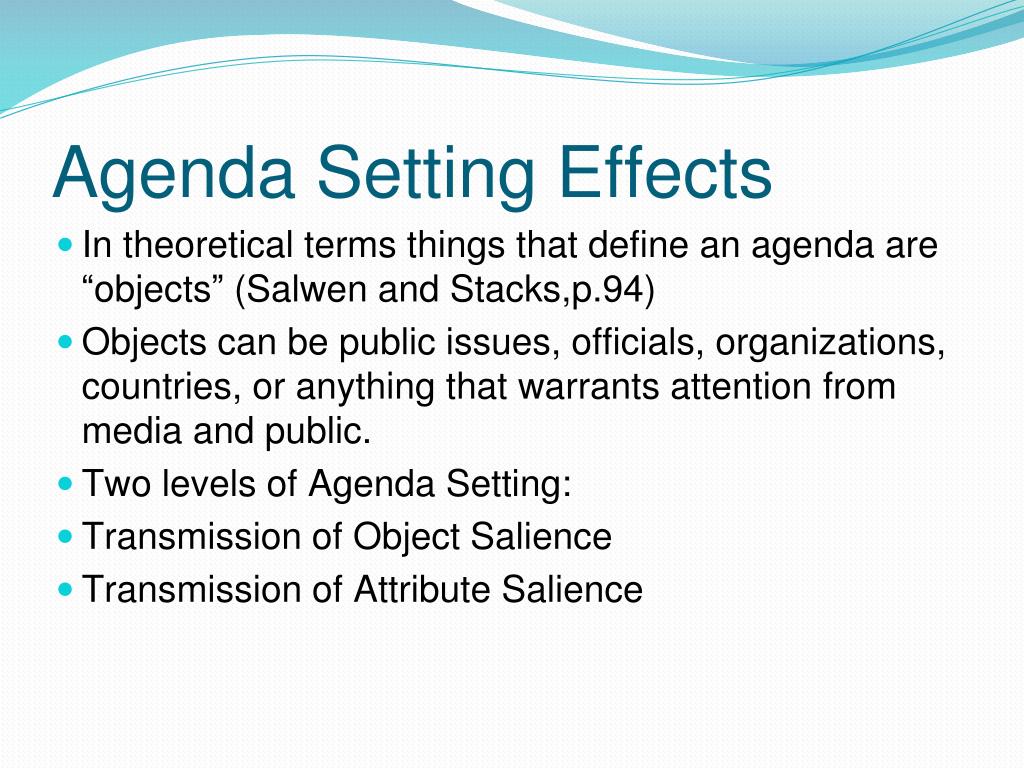


While much research has been done on identifying bias in the mainstream media ( Wilczek 2016), and has more recently focused on ‘fake news’ and misinformation (e.g., Vargo et al. Frequently referred to as the ‘gatekeepers of information’, journalists have been shown to play a powerful role in influencing public opinion through determining what stories (or elements thereof) are presented to the public, how content is framed, which elements are emphasized, and how the public forms associations between topics covered by the news ( Guo et al. The news media is an important information source for much of the world’s population, as it feeds into opinions and choices ( McCombs and Shaw 1972 McCombs et al. In particular, we find clustering and density of influence networks to act as competing forces in this respect, with the former increasing and the latter reducing diversity. At the same time, we find that the influence networks associated to most topics exhibit small world properties, which we find to play a significant role towards the overall diversity of sentiment expressed about the topic by the news sources in the network. We find influence to be significantly topic-dependent, with the same news sources acting as agenda-setters (i.e., central nodes) with respect to certain topics and as followers (i.e., peripheral nodes) with respect to others. Here, we operationalise intermedia agenda-setting by putting forward a methodology to infer networks of influence between different news sources on a given topic, and apply it on a large dataset of news articles published by globally and locally prominent news organisations in 2016.

Several studies have attempted to quantify the impact of intermedia agenda-setting in specific countries or contexts, but a large-scale, data-driven investigation is still lacking. In Communication Theory, intermedia agenda-setting refers to the influence that different news sources may have on each other, and how this subsequently affects the breadth of information that is presented to the public.


 0 kommentar(er)
0 kommentar(er)
